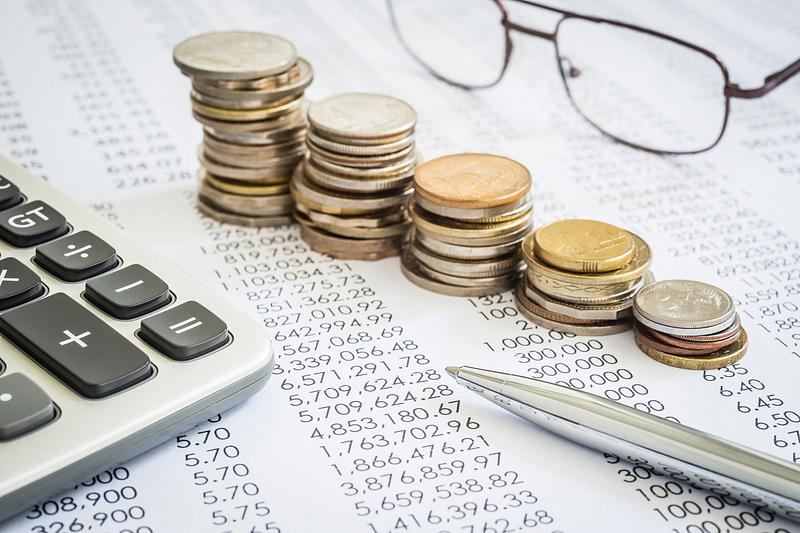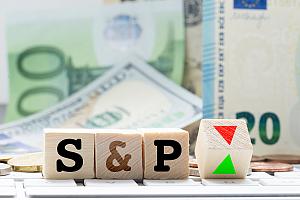S&P analyst: high nominal GDP growth helps Romania's fiscal consolidation

"We are looking at a very high nominal GDP growth in Romania, in the area of 8-9%, even 10%, in the medium term, which will, of course, support fiscal consolidation even if structural reforms will delay," Karen Vartapetov, chief analyst at S&P Sovereign Ratings for the Central and Eastern European region, explained during a webinar organized by the rating agency, Bursa.ro reported.
Notably, the high nominal GDP growth is the combined effect of the real economic growth (broadly seen at around 4% over the coming years, after the quick recovery in 2021) and the GDP deflator. While economic development is helping fiscal consolidation by generating stronger revenues, high inflation helps the Government bring down the expenditures in real terms, in a more feasible way than by nominal cuts.
Regarding the S&P's decision to improve Romania's outlook this spring from negative to stable, Vartapetov confirmed that the outlook is still in line with the country's fundamentals despite the political turmoil. Some political noise is already priced in the current BBB- rating.
"One of the key reasons why we revised to a stable outlook was Government's decision to abandon previous plans for a fairly significant pension increase, despite the relatively strong growth prospects for this year and next. We have revised the outlook back to stable, and we do not regret it. I think that if you look at the medium term, for 12-18 months, we still expect the fiscal consolidation to continue, and that is the basis of the story of the twin deficits," explained S&P chief analyst Karen Vartapetov.
andrei@romania-insider.com
(Photo source: Dreamstime.com)













